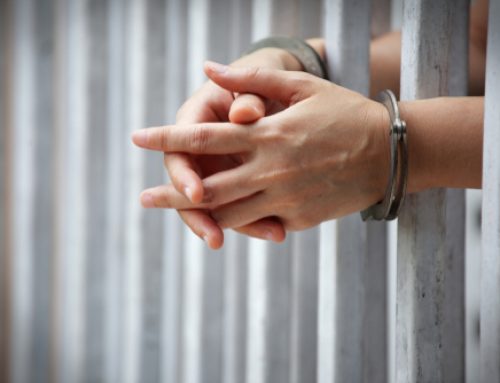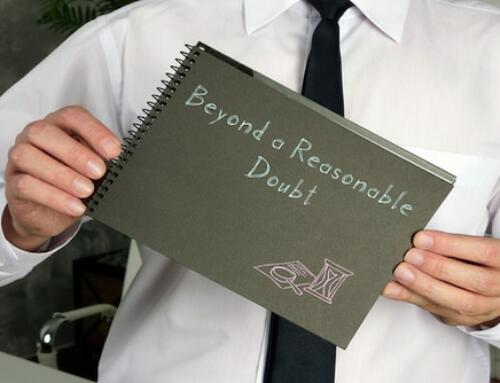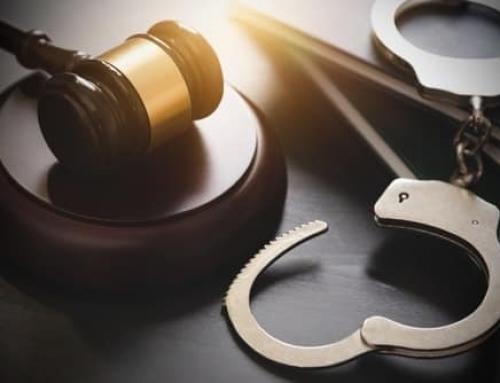Prosecutor: “You just identified the defendant as the person who robbed you at gunpoint. How sure are you?”
Witness: “I’m 100% sure.”
As a criminal defense attorney in Philadelphia, PA, I hear this often as I sit next to my clients in a Pennsylvania courtroom; their freedom and future at stake. I wasn’t at the scene of the crime so I don’t know if my client was the perpetrator. But, I am 100% sure that the witness isn’t 100% sure. How could they be when they’re forced to think back to more than a year ago when a gun was pointed at their chest for 20 seconds at 10:30 p.m. and their life threatened if they didn’t give up all their stuff? It’s easy to identify the only defendant sitting at defense table in a well-lit courtroom with none of the above stressors or impediments to observe.
Science Demonstrates Concerns over Eyewitness Identifications
Everyday, in courtrooms across America, people are convicted of serious crimes, such as armed robbery, aggravated assault, rape and murder, based on eyewitness testimony. Solely, on the testimony of one person saying that they saw another commit the crime. While many witnesses are accurate in their identifications, too often they are wrong and innocent people are convicted of crimes they didn’t commit merely because of the identification testimony of one witness. Eyewitnesses are often not lying when they point across the courtroom and “finger” the defendant. They strongly believe that they’re right, they’re just mistaken. They believe they’re 100% sure. And, these cases are extremely difficult to get reversed on appeal because how does an attorney prove to an appellate court that the witness was mistaken?
It’s a problem that occurs way more often then it should considering the fact that there now exists reliable scientific evidence on human memory and the various factors that can affect the reliability of eyewitness identifications. Despite the science, Pennsylvania courts have failed to educate jurors about the pitfalls of identification testimony and innocent people continue to be convicted based on faulty evidence. New Jersey has acknowledged the science and published new jury instructions so jurors can be aware of what specific factors to take into consideration when evaluating the accuracy of eyewitness identifications. Pennsylvania should follow New Jersey’s lead.
New Jersey Adopts New Jury Instructions on Identifications
In August 2011, the New Jersey Supreme Court unanimously decided the case of State v. Larry R. Henderson and gained national attention by directing that revised jury instructions be prepared to help jurors evaluate identification evidence. On September 4, 2012, the new jury instructions became effective. The new instructions caution that certain factors about an eyewitness’s circumstances at the time of the offense could render their testimony less reliable. Those factors include the stress the eyewitness was under, the duration of the event, lighting, distance, time lapse between the incident and in or out-of-court identifications, the eyewitness’s focus on a weapon, and cross-racial identification.
The prosecution must always prove beyond a reasonable doubt the elements of the crime charged AND the identification of the perpetrator. Whenever identification is the only issue in a case, I concede that the crime occurred & hone in on the above issues. But, my argument on the fallacies of identification testimony would hold much more weight if the jury was instructed by the judge about the scientifically-proven problems with this type of evidence.
Cross-Racial Identifications Often Most Inaccurate
Cross-racial identifications are often the most questionable. But, they are also difficult to deal with as an attorney due to the sensitive nature of race relations. If you question a white witness’ ability to identify a black defendant, are you calling them a racist? I certainly am not, but you need to be careful when questioning the witness on this issue and possibly offending jurors. It’s a scientific fact that members of the same race are more in tune with identifying features of that race than someone of another race. However, Pennsylvania courts have refused to instruct juries on this fact. In contrast, the New Jersey instructions now state, “Research has shown that people may have greater difficulty in accurately identifying members of a different race. You should consider whether the fact that the witness and the defendant are not of the same race may have influenced the accuracy of the witness’s identification.”
It’s time that Pennsylvania courts catch up with the scientific evidence and educate jurors on this issue the way New Jersey and many other states have and thereby decrease wrongful convictions based on this suspect evidence.






